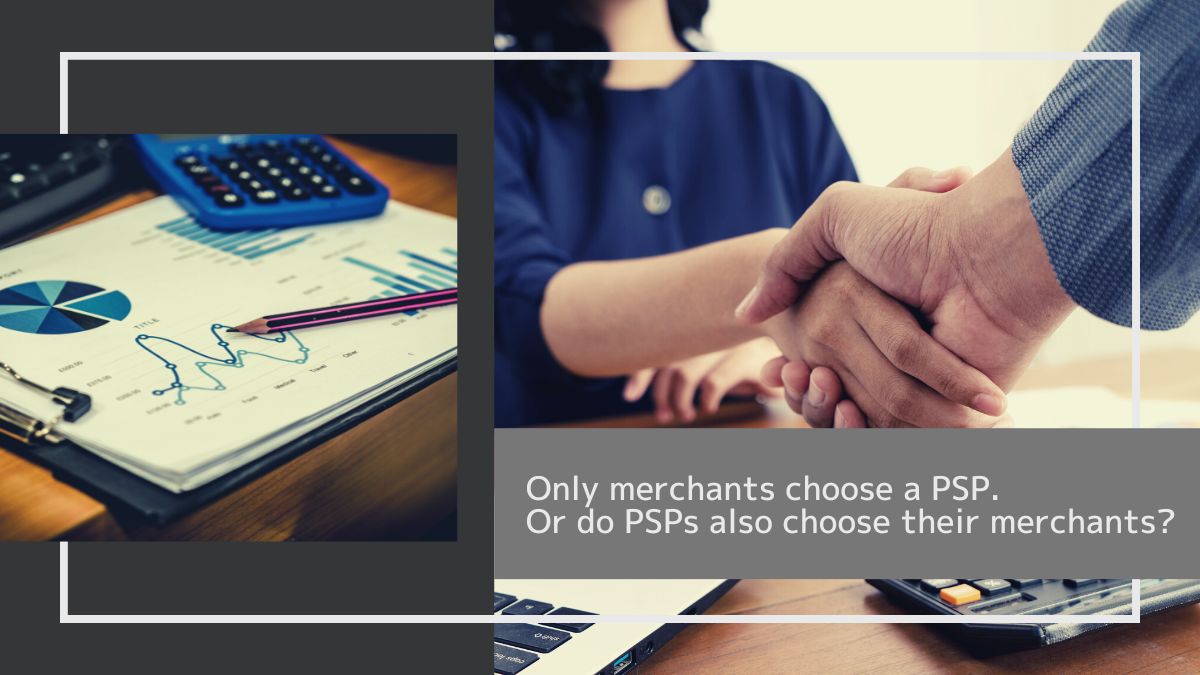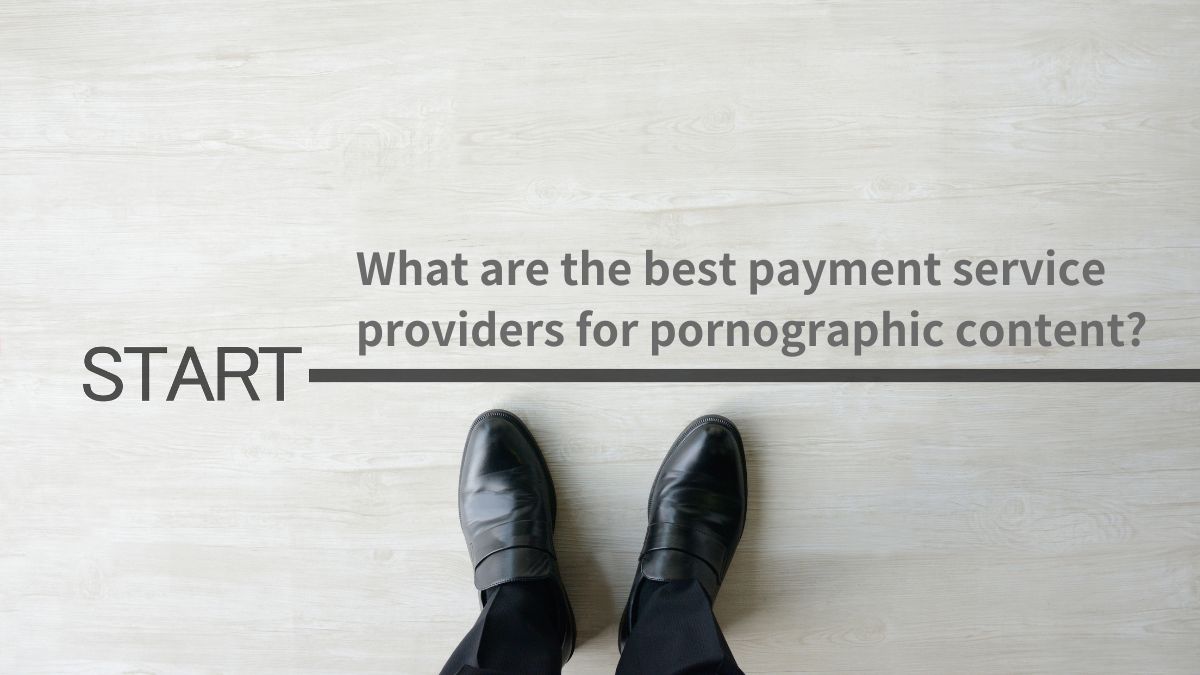PCI DSS : How to protect your funds and your customers’ payments

Receiving payments securely and smoothly is a must for any business striving to be successful.
How to ensure payment security?
Payment security is covered by a standard known as PCI DSS, PCI DSS stands for Payment Card Industry Data Security Standard. It is an information security standard designed to protect cardholders’ information, prevent payment-card fraud, and allow people to shop safely and with confidence.
How many requirements are needed to become PCI DSS compliant?
There are a total of 12 steps that you need to take to become PCI compliant, divided into 6 goals.
They are:
1 Build and maintain a secure network and systems
Install and maintain a firewall configuration to protect cardholder data, and test it regularly
Do not use vendor-supplied defaults for system passwords and other security parameters. Change them as soon as you can and update them frequently
2 Protect cardholder data
Protect stored cardholder data. Only store what you absolutely need to, and keep it safe both digitally (through backups, passwords and access control) and physically (through limiting access to your server)
Encrypt transmission of cardholder data across open, public networks, so nobody can read it in transit
3 Maintain a vulnerability management program
Protect all systems against malware and regularly update anti-virus software or programs
Develop and maintain secure systems and applications, so you stay one step ahead of potential problems
4 Implement strong access control measures
Restrict access to cardholder data to those who genuinely need to know it
Identify and authenticate access to system components
Restrict physical access to cardholder data
5 Monitor and test networks regularly
Track and monitor all access to network resources and cardholder data
Test security systems and processes regularly
6 Maintain an information security policy
Maintain a policy that addresses information security for all personnel
Each of these steps helps to reduce your risk of data loss or fraud.
You can read the full requirements for PCI DSS at the PCI SSC’s website.
Failing to meet PCI DSS due to compromised payment data could seriously harm your business:
• Businesses risk losing consumer confidence, with a knock-on impact on their profits.
• Insurance claims, lawsuits and even government fines could be levied in the event of a data breach.
The best, in this case, is to apply for a PCI DSS certificate and protect your customers and yourself. But what to do if it is too expensive, requests too many resources, and is just troublesome?
Choose a payment service provider (PSP) that can ensure the payments are secure. PSP helps your business to process and manage transactions from a wide range of payment methods. Choose a PSP that is PCI DSS compliant and can protect you and your customer.
Because your Payment Service provider fulfils such an essential role in your online business workflow, choosing a reputable one that can ensure secure payments is vital. Suppose you’re entrusting a company with the management of your customer’s money. In that case, you need to carefully research whether their payment solutions offer a high level of security and comply with the relevant laws and regulations before you make a decision.
Here at BILLMONT, security is our first priority. We are certified under the PCI DSS standard, moreover, we have invested in fraud identification and chargeback prevention machine learning systems.
Choose the PSP you can trust, choose BILLMONT.
Contact us for more.







